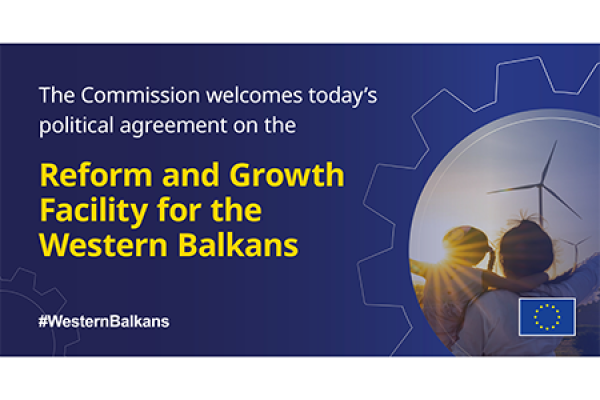Latest News

Today, the Commission approved the Reform Agendas of Albania, Kosovo, Montenegro, North Macedonia and Serbia following the EU Member States' positive opinion. In their ambitious Reform Agendas, the five Western Balkans governments commit to socio-economic and fundamental reforms ...

Good afternoon everyone. We had a very good meeting. Thank you very much for hosting this meeting here and inviting me, dear Chancellor, lieber Olaf. I was glad to be here to mark the tenth anniversary of the Berlin Process.

Commissioner for Neighbourhood and Enlargement, Olivér Várhelyi,is in Serbia and Montenegro this week, from today to Thursday, 16 May to advance discussions on EU related reforms and the Reform Agendas to access funding under the newly adopted €6 billion Growth Plan for the Western Balkans.

The Commission welcomes the political agreement reached today between the European Parliament and the Council on the €6 billion Reform and Growth Facility for the Western Balkans, underpinning the Reform and Growth Plan proposed by the Commission in November 2023.

